We’ve said before that hummingbirds possess a unique type of delicate beauty that is like no other.
They are some of nature’s smallest birds and are true evolutionary marvels.
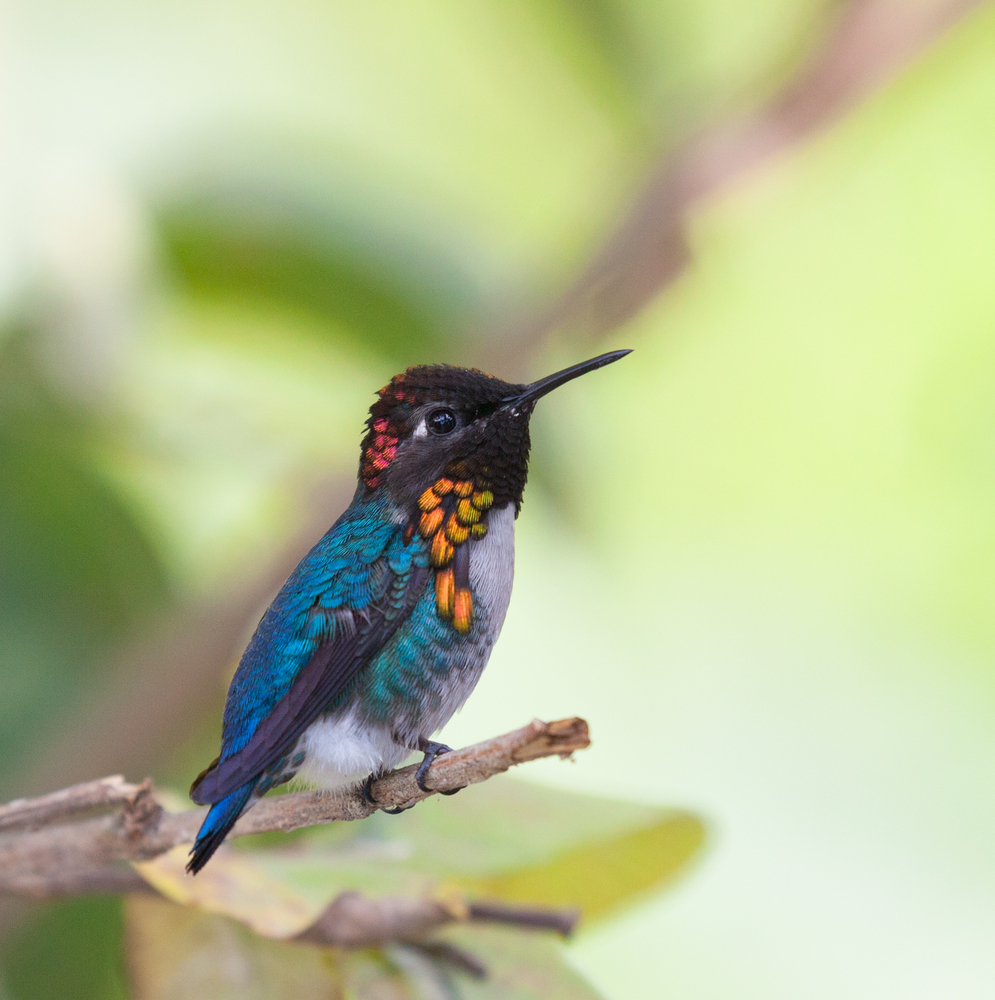 (Melinda Fawver/Shutterstock)
(Melinda Fawver/Shutterstock)
The bee hummingbird is like no other, even compared to the tiny hummingbird, it’s tiny. In fact, it is the world’s smallest.
Measuring only around 5-6 centimeters long, these tiny birds also weigh less than 2g, that’s half a teaspoon of sugar.
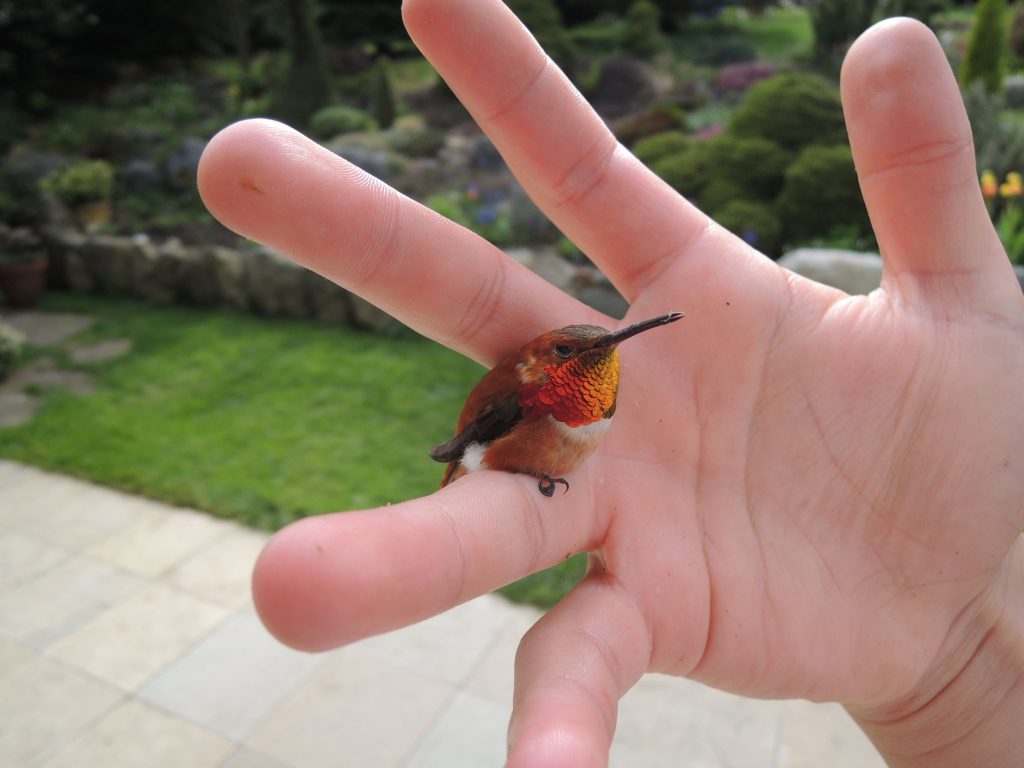 u/PRIC3L3SS1
u/PRIC3L3SS1
Their name comes from the fact that they are so small, that they often get mistaken for bees. Especially since hummingbirds also make a humming noise when flying, resembling the bees’ buzz.
They are native to Cuba where you can find them fluttering on flowers all over, kind of like a bee too!
 BarbeeAnne/Pixabay)
BarbeeAnne/Pixabay)
Unlike most other hummingbirds, bee hummingbirds don’t migrate from their hometown of Cuba and instead are content with their home subtropical climate.
Just like all other hummingbirds, their most aesthetically pleasing aspect is their stunning iridescent plumage. Now when you add this to a bird so tiny like the bee hummingbird, it really looks like a flying jewel.
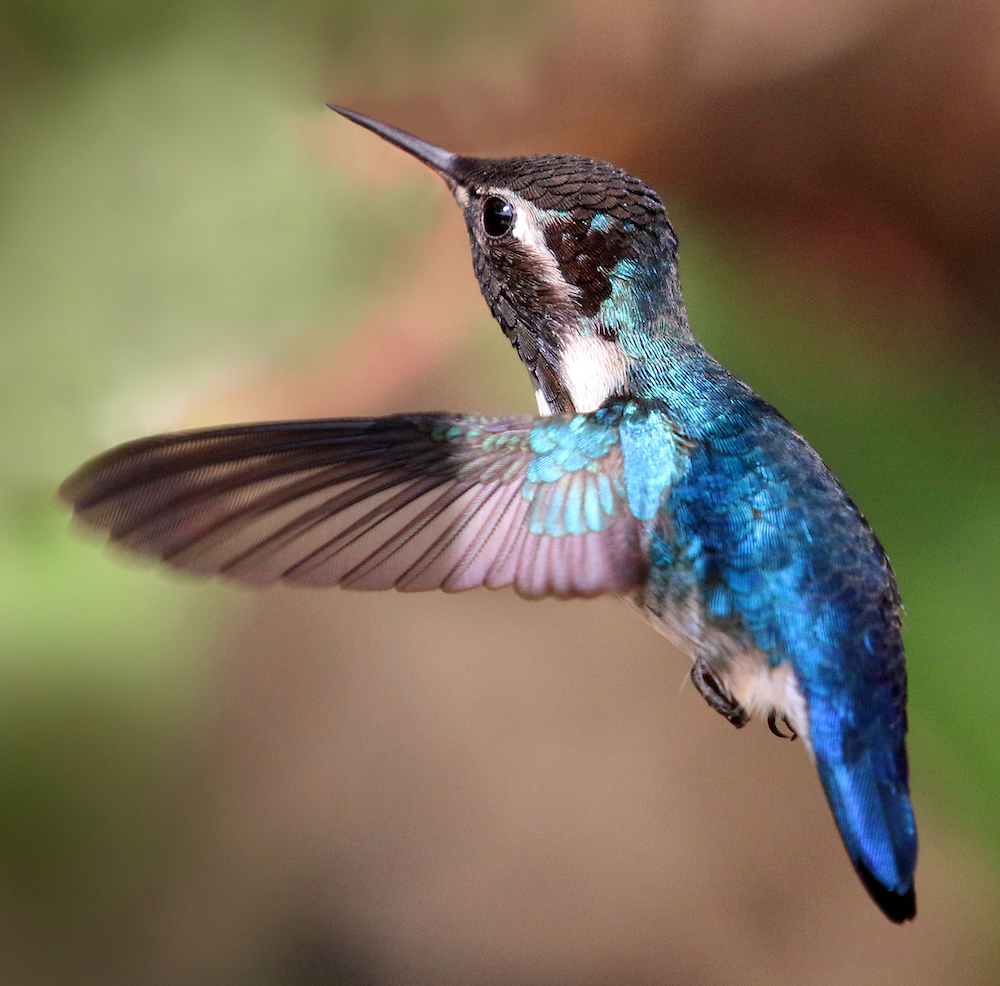 Charles J Sharp/CC BY-SA 4.0)
Charles J Sharp/CC BY-SA 4.0)
The males sport a green body with a bright red throat. They really are a sight to behold and if you ever get the chance to see them, make sure you take it.
The females wear a bluey-green plumage, pale underside, and a black throat.
 Charles J Sharp/CC BY-SA 4.0)
Charles J Sharp/CC BY-SA 4.0)
Hummingbirds flap their wings on average between 50-80 beats per second, making them a literal blur to the human eye.
If you ever had the chance to see a hummingbird’s wings flapping, it’s usually because the video has been slowed down or the hummingbird is landing.
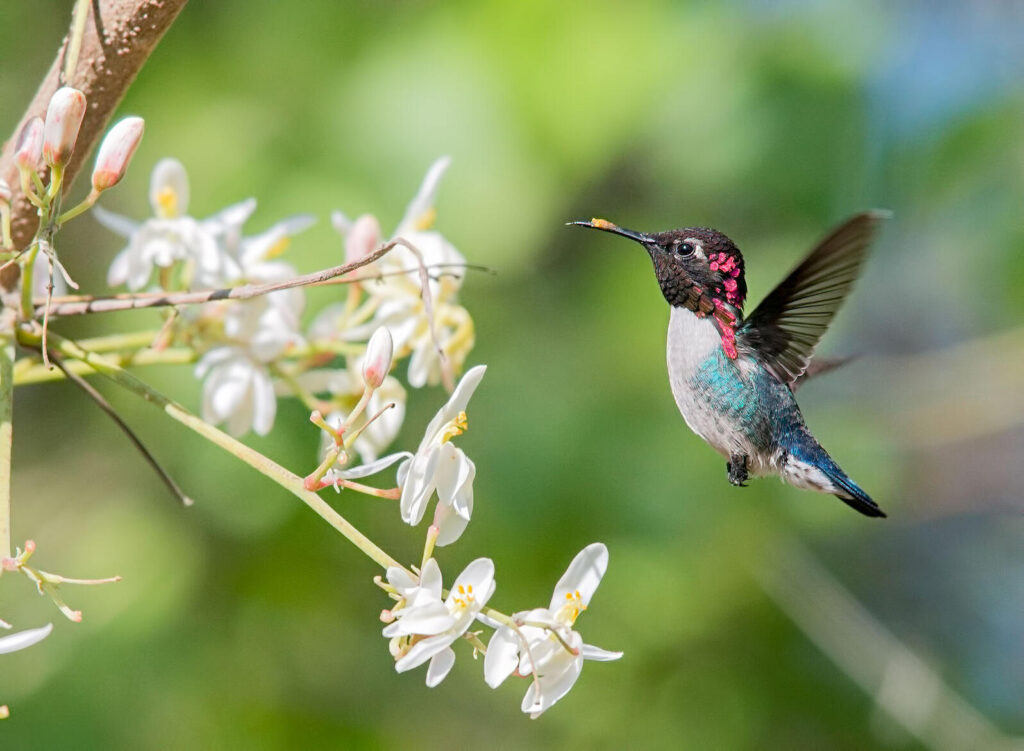
When they dive, they can flap their wings up to 200 times per second!
The bee hummingbird feeds mainly on nectar, just like other hummingbirds, and occasionally will feed on insects and spiders too.
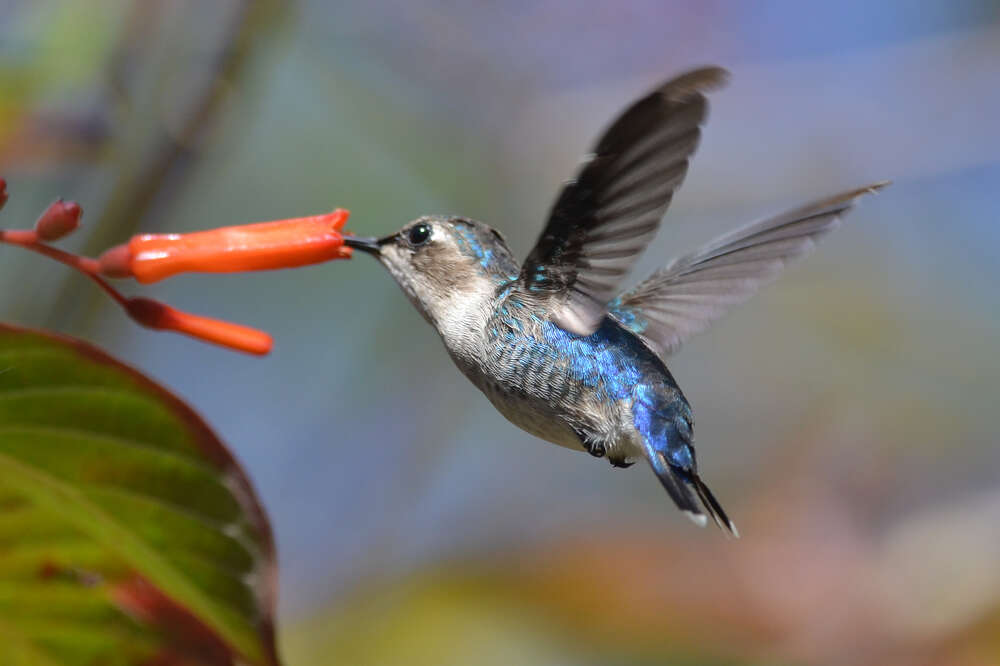
It is believed the bee hummingbird can visit around 1,500 flowers a day, meaning it helps the ecosystem by aiding in plant reproduction.
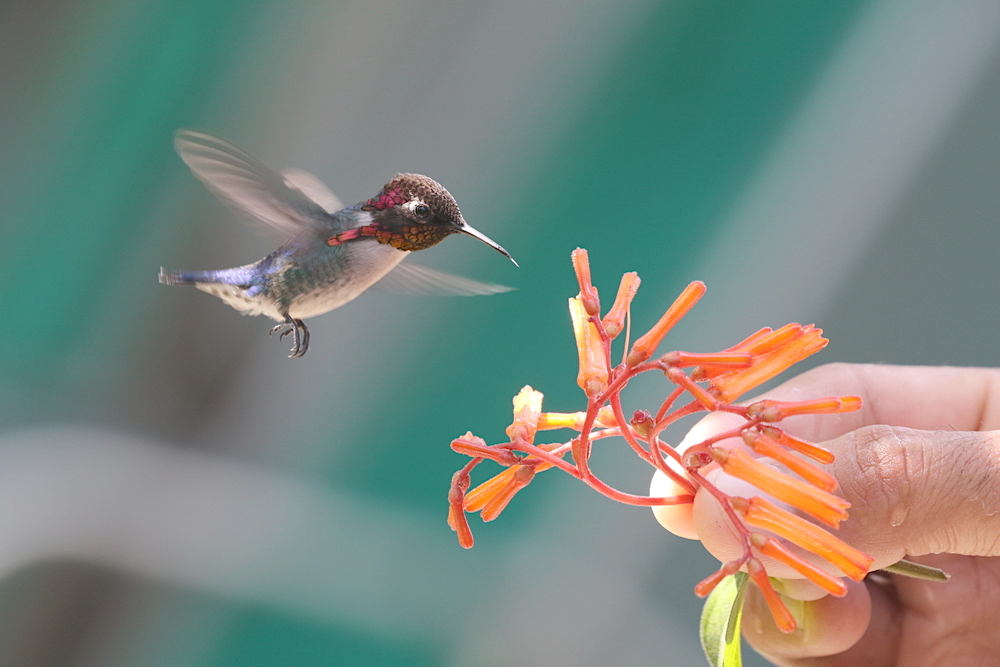 (James Bloor Griffiths/Shutterstock)
(James Bloor Griffiths/Shutterstock)
The bee hummingbird lays eggs the size of a coffee bean, just under an inch in diameter!
Its breeding season begins in March, and when this happens, the male shines in a fiery pink/red from head to the throat.

This bright color is of course to attract its female counterpart. The male also performs displays in the air and sings his heart out.
The male can get so bright, that the mother doesn’t let the father get close to any eggs it may have laid in a nest since it may be easily visible to predators.
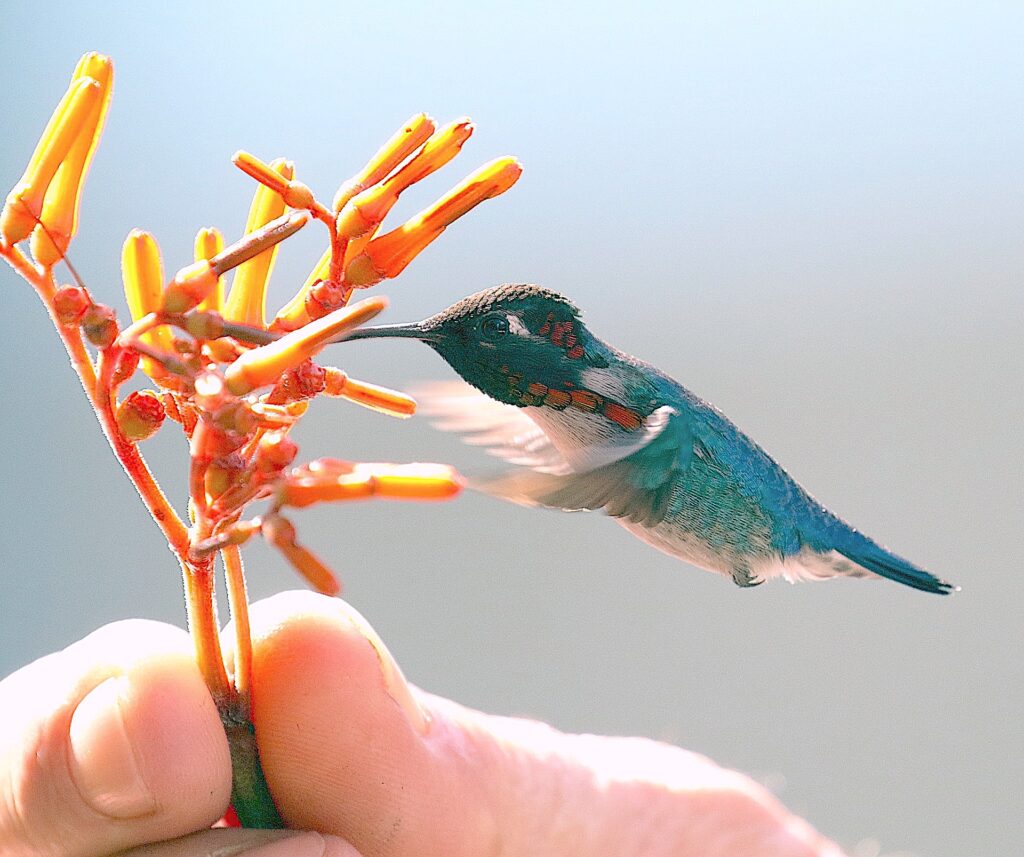 BarbeeAnne/Pixabay)
BarbeeAnne/Pixabay)
The bee hummingbird is listed as ‘near threatened’ meaning its numbers are declining.

